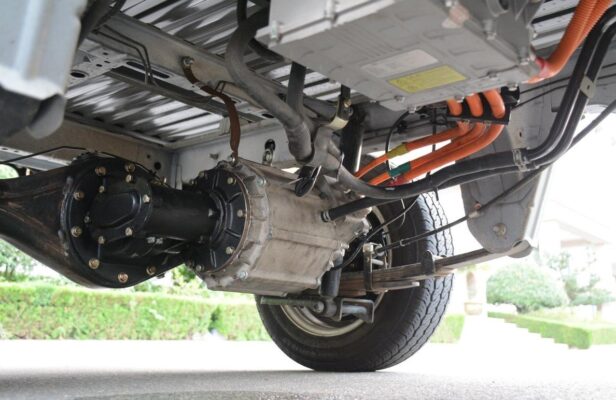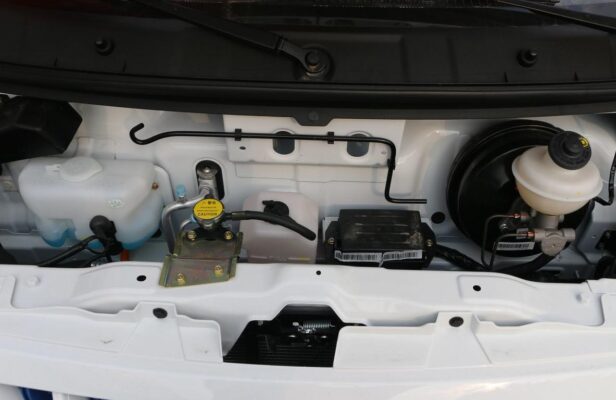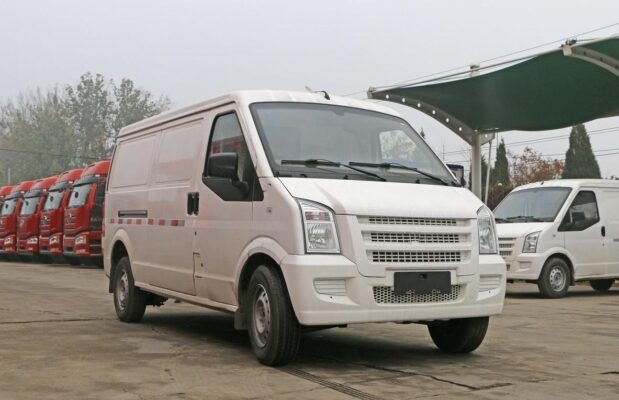Tips (1)
How to eliminate the vibration and noise of the wiper blades: Utilize pliers to narrow the gaps at each joint and where the rubber sheet is clamped. This simple adjustment can significantly reduce the irritating noises and vibrations that often accompany the operation of the wiper blades.
For instance, if the gaps are too wide, the wiper blades might not make proper contact with the windshield, causing uneven wiping and increased noise. By minimizing these gaps, you ensure a smoother and quieter wiping action.
Tips (2)
How to extend the service life of bulbs: Once you purchase a vehicle or replace a new bulb, wipe the bulb with alcohol to eliminate fingerprints and oil stains. This seemingly small step can have a considerable impact on the longevity of the bulb.
Fingerprints and oil can create hotspots on the bulb’s surface during operation, increasing the risk of premature failure. By cleaning the bulb with alcohol, you remove these contaminants and promote more even heat distribution, thereby extending the bulb’s lifespan.

Tips (3)
How to reduce tire noise: Affix a layer of black felt or flannel to the inner protective plate of the front wheels. Take note that you may notice your tire noise becomes smaller after rain and louder after car washing. This is because rainwater can wash away the mud on the inner protective plate that absorbs noise.
This tip works by adding an extra layer of sound insulation to the area. The felt or flannel helps dampen the sound waves generated by the tires, providing a quieter driving experience.
Tips (4)
How to extend the service life of the muffler: Drill a small hole at the lowest point beneath the muffler. The underlying principle is straightforward – it allows water to drain, thereby preventing corrosion.
Corrosion can severely compromise the integrity and performance of the muffler over time. By providing a means for water to escape, you reduce the risk of rust and damage.
Tips (5)
How to start and accelerate quickly: When the vehicle is unloaded or has a light load, commence directly in second gear. There’s no need to worry about causing damage to the vehicle, as the first gear and clutch are designed for heavy loads. Moreover, most vehicles don’t shift smoothly from first to second gear. Rev the engine above 3000 rpm and promptly shift into third gear, then repeat the process above 3000 rpm. At this point, many vehicles will fall behind yours. Shift smoothly into fourth and fifth gears, or directly to fifth gear.
This technique takes advantage of the vehicle‘s powerband and gear ratios to achieve rapid acceleration. However, it’s important to note that this method should be used judiciously and within legal speed limits.

Tips (6)
How to enhance the air circulation inside the vehicle and the defrosting effect: Replace the dust filter element (inside the engine compartment) with a sponge of the same size. Not only does this increase the air intake volume, but it also allows for disassembly, washing, and reuse. Additionally, the defrosting within the vehicle is notably rapid during winter. When driving long distances, you don’t need to turn on the blower, saving fuel simultaneously.
A more efficient air intake system leads to improved cabin ventilation and better defrosting capabilities. The reusable sponge filter offers a cost-effective and eco-friendly alternative.
Tips (7)
What to do when you feel that the brakes are not as effective as before: Apply the brakes forcefully several times while waiting for the red light. This action can often restore braking performance and make it feel like new again.
Occasional hard braking helps to remove any glazing or deposits on the brake pads and rotors, improving the friction and braking efficiency.
Tips (8)
How to simply prevent the vehicle from deviating: 1. Increase the tire pressure of the front wheel in the deviating direction or decrease the tire pressure of the opposite direction. 2. Adjust the toe-in within the specified range.
Proper tire pressure and alignment are crucial for maintaining straight and stable driving. Imbalances in tire pressure or incorrect toe-in can cause the vehicle to pull to one side.

Tips (9)
How to prevent water accumulation in the external rearview mirror: Drill a small hole (a slightly larger one is fine) below the rearview mirror. This is because if you drive immediately after washing the car each time, water from the rearview mirror can drip onto your vehicle body, which can be quite bothersome.
This simple modification allows the water to drain away quickly, keeping your vehicle clean and dry.
Now, let’s explore some additional tips for using special-purpose vehicles:
When it comes to fuel efficiency, maintaining a consistent and moderate driving speed is key. Frequent rapid acceleration and braking not only increase fuel consumption but also put additional stress on the vehicle‘s components. Keeping an eye on your speedometer and avoiding sudden speed changes can lead to significant savings at the pump.
Regularly checking and maintaining the proper tire pressure is not only important for safety but also for optimal fuel economy and handling. Underinflated tires increase rolling resistance, while overinflated tires can affect traction and wear unevenly.
If you frequently encounter dusty or dirty driving conditions, consider installing a pre-filter on the vehicle‘s air intake to protect the engine from excessive debris. This can prolong the life of the engine and reduce the frequency of engine-related maintenance.
For vehicles used in cold climates, using an engine block heater during winter months can make starting easier and reduce engine wear. It helps warm the engine coolant, allowing for a smoother startup and reducing the initial strain on the engine.
When parking your special-purpose vehicle for an extended period, it’s advisable to disconnect the battery to prevent it from draining. This is especially important if the vehicle has electronic components that draw a small amount of power even when not in use.
If your vehicle is equipped with a manual transmission, make sure to shift gears smoothly and avoid grinding the gears. This helps prevent damage to the transmission and ensures a smooth driving experience.
In conclusion, by following these tips and maintaining a proactive approach to vehicle care and operation, you can enhance the performance, longevity, and efficiency of your special-purpose vehicle. Whether it’s for work or personal use, a well-maintained and properly operated vehicle will serve you reliably for years to come.